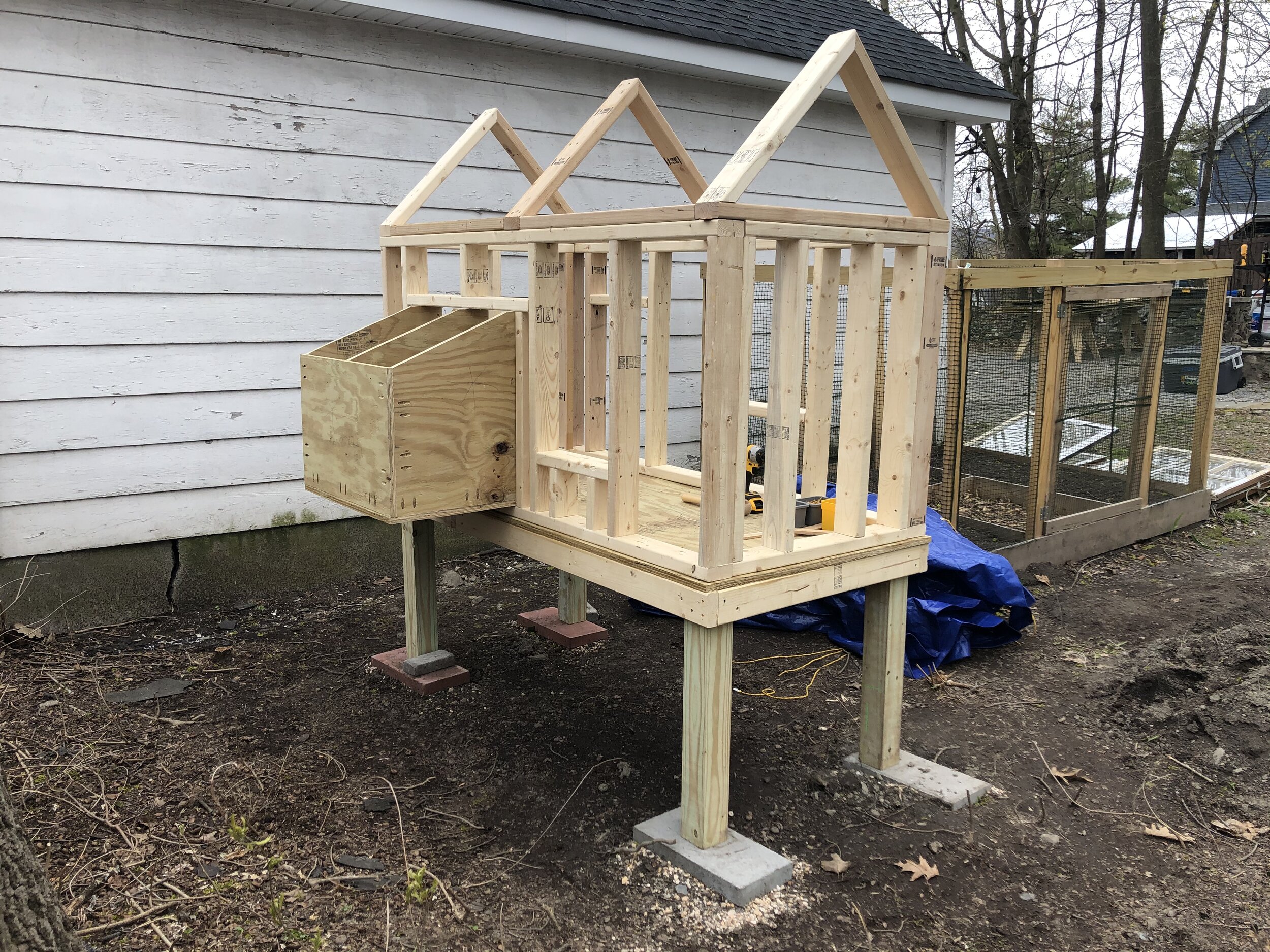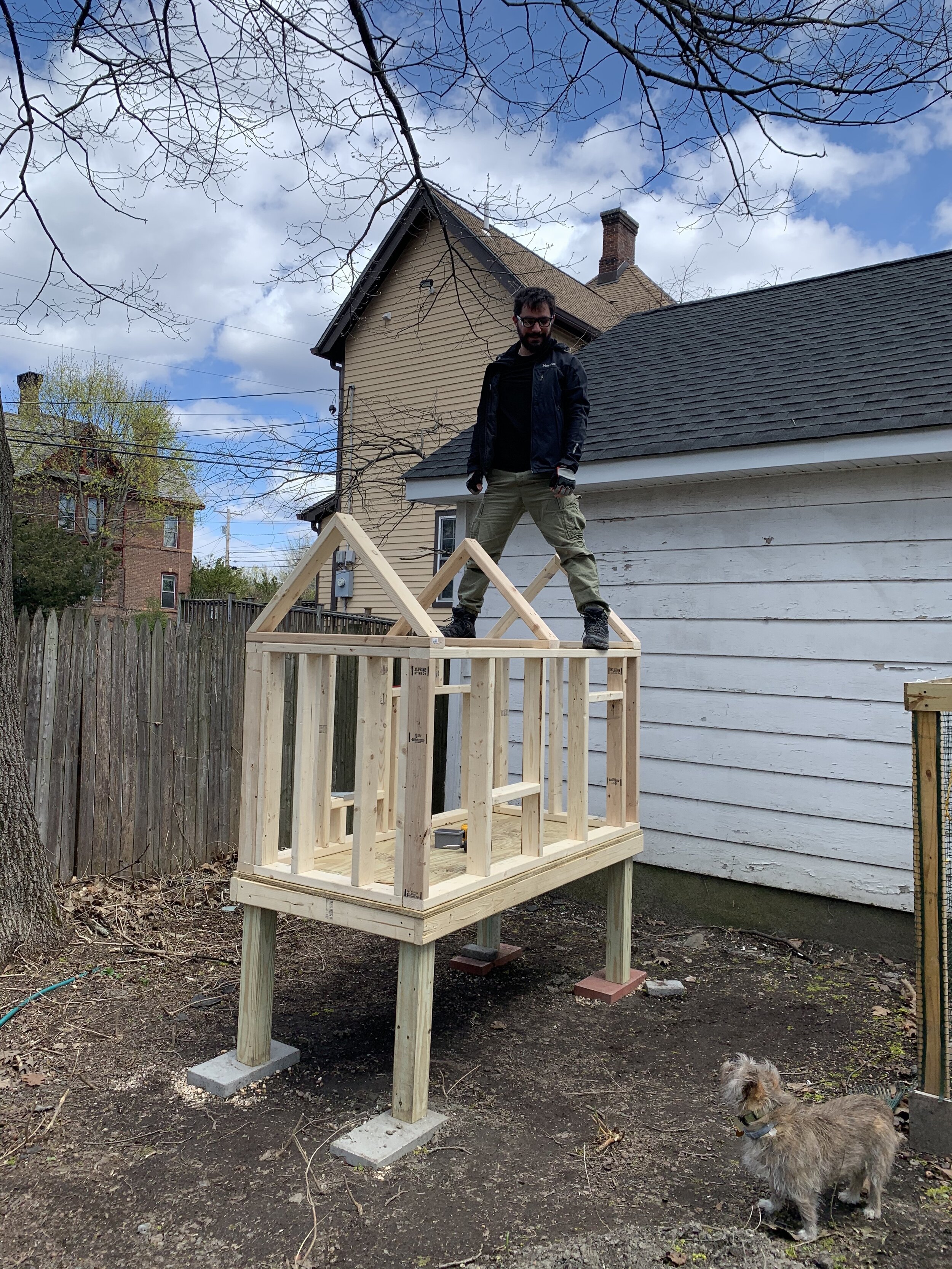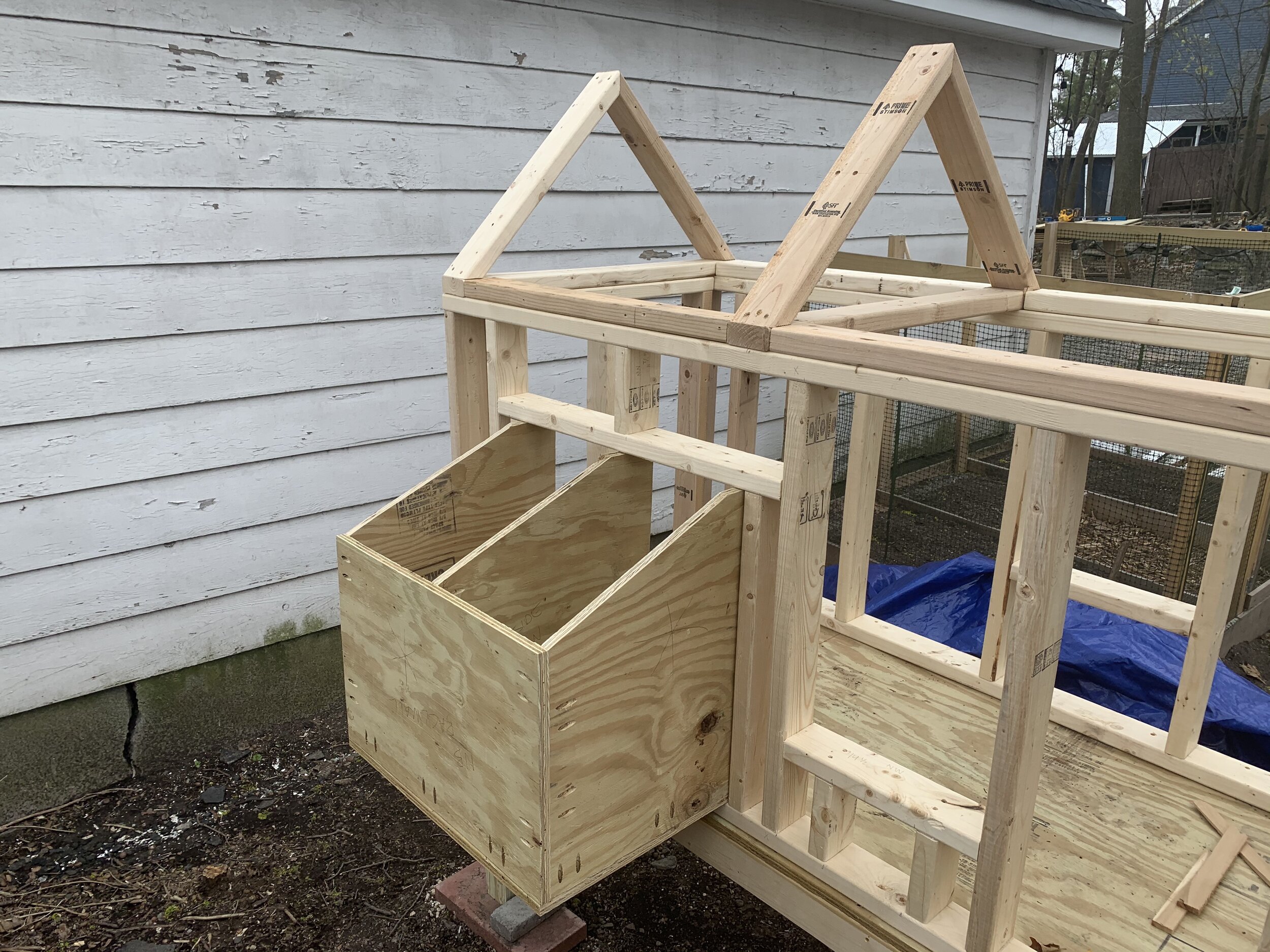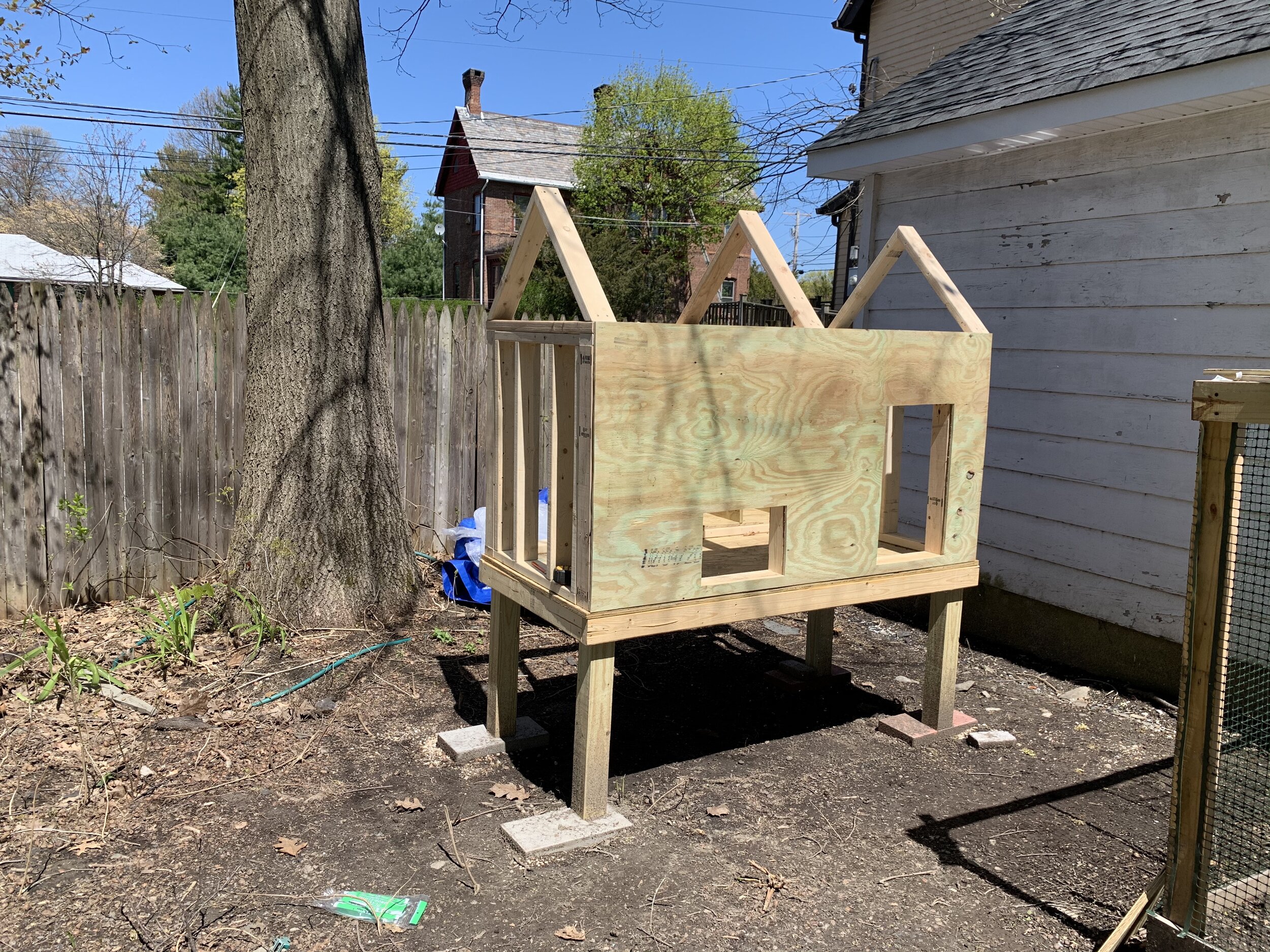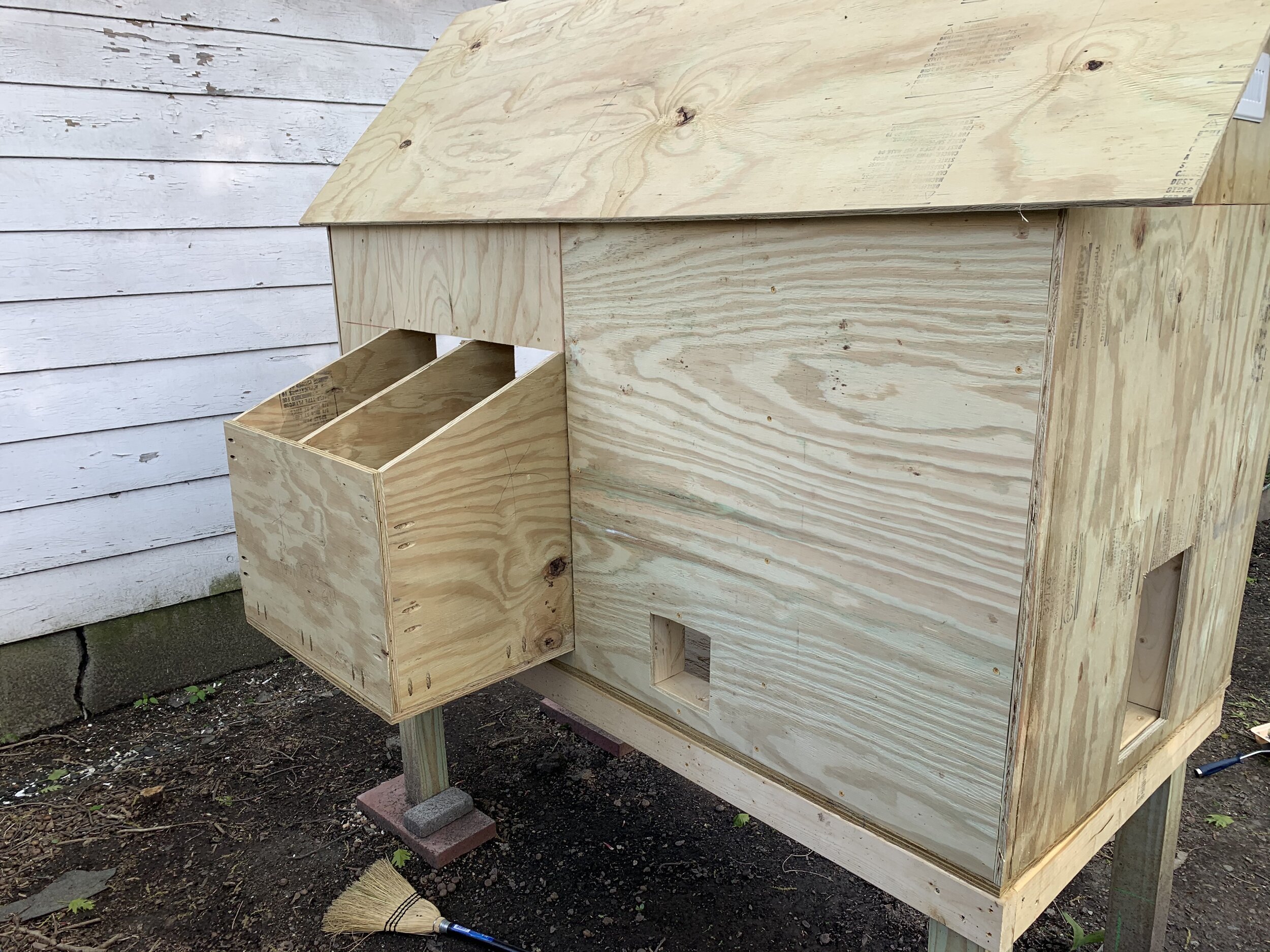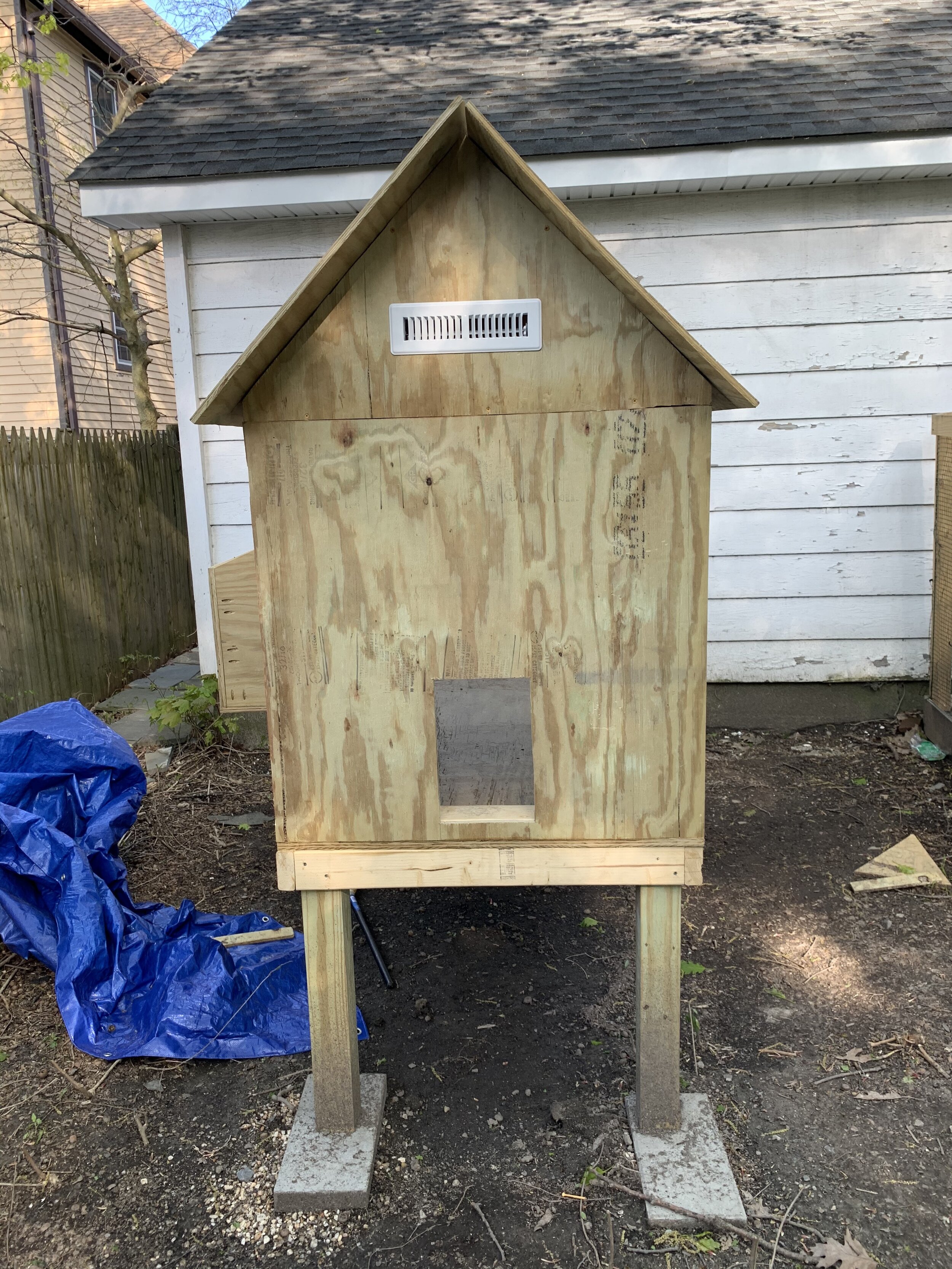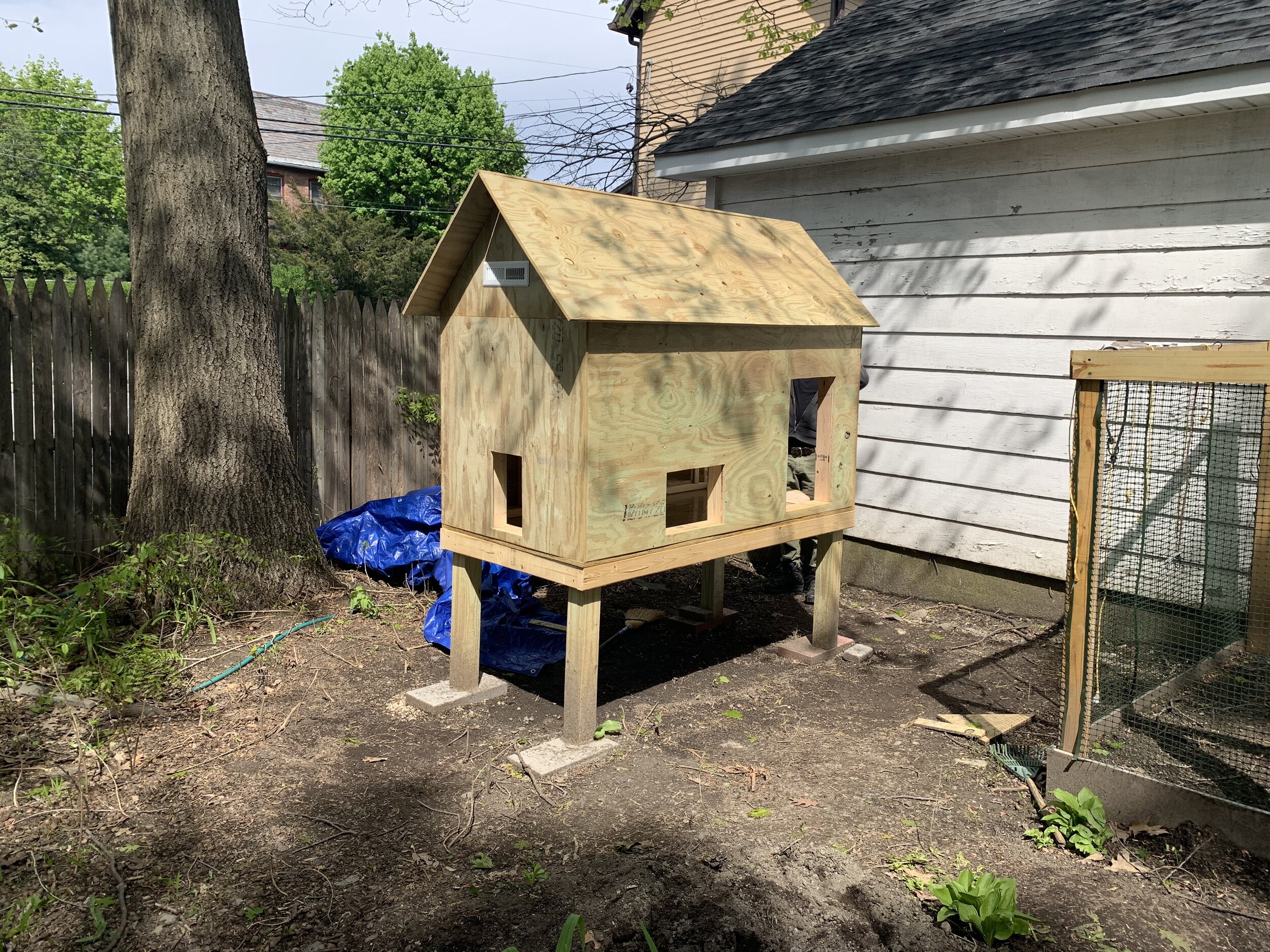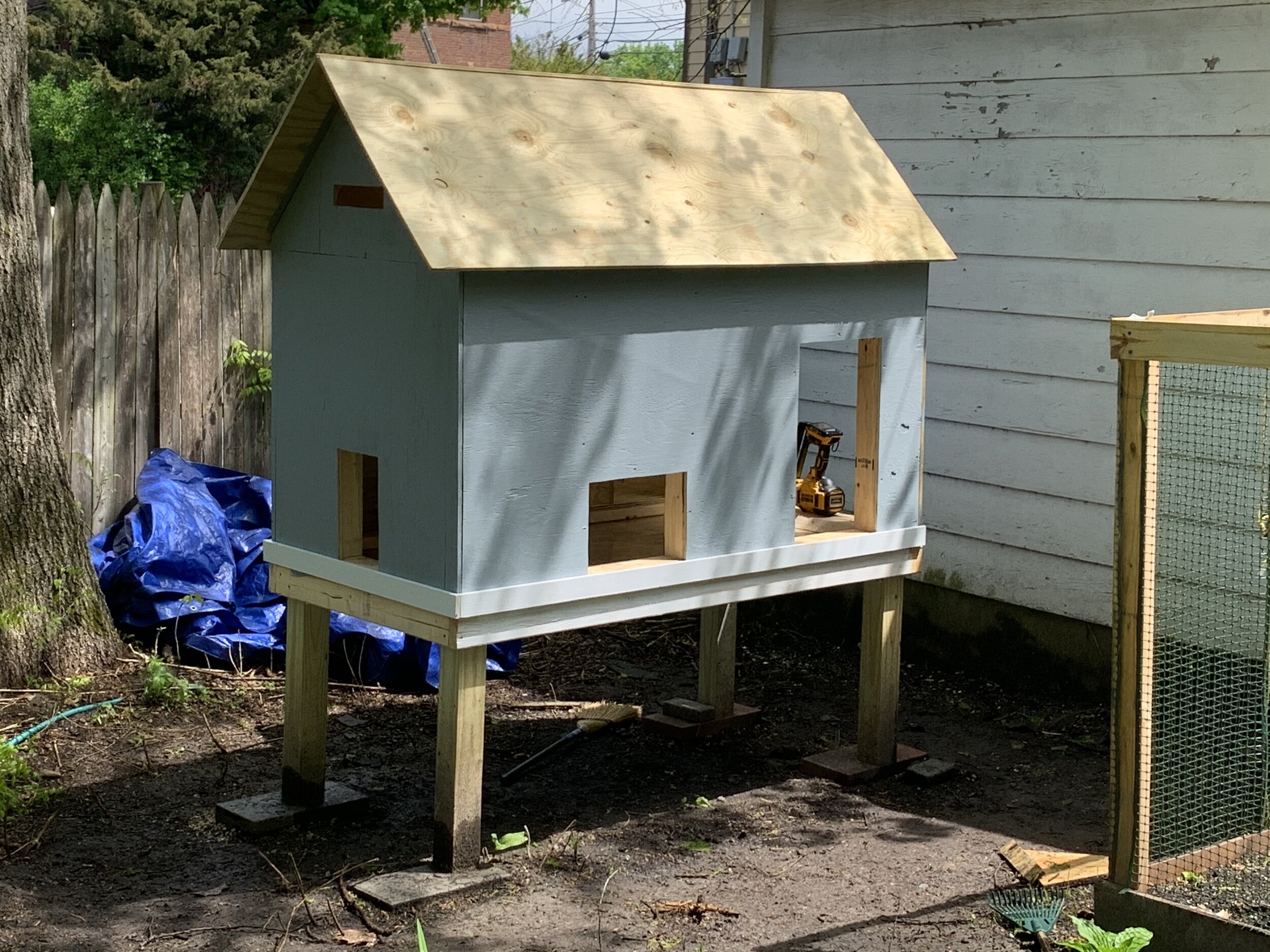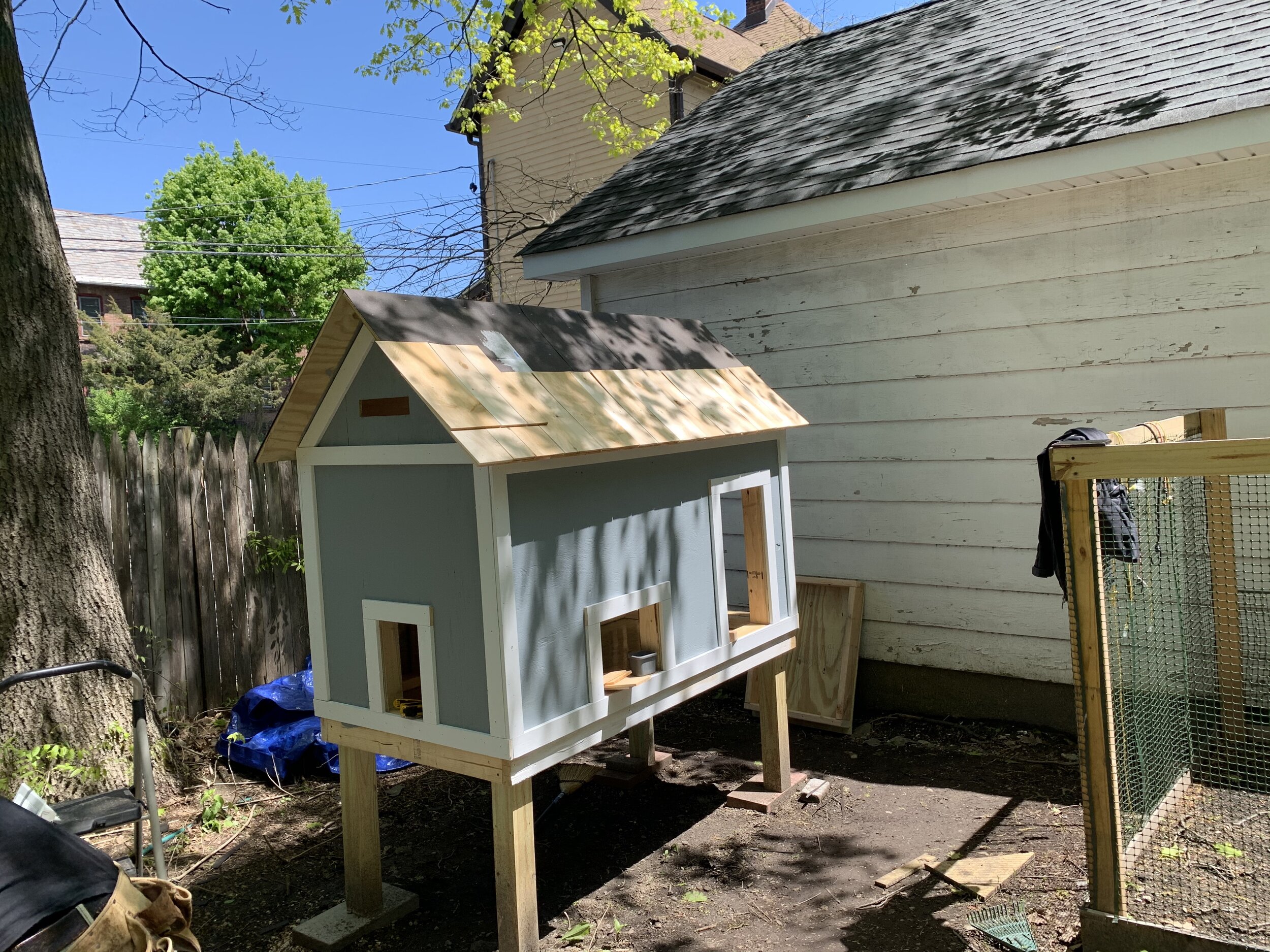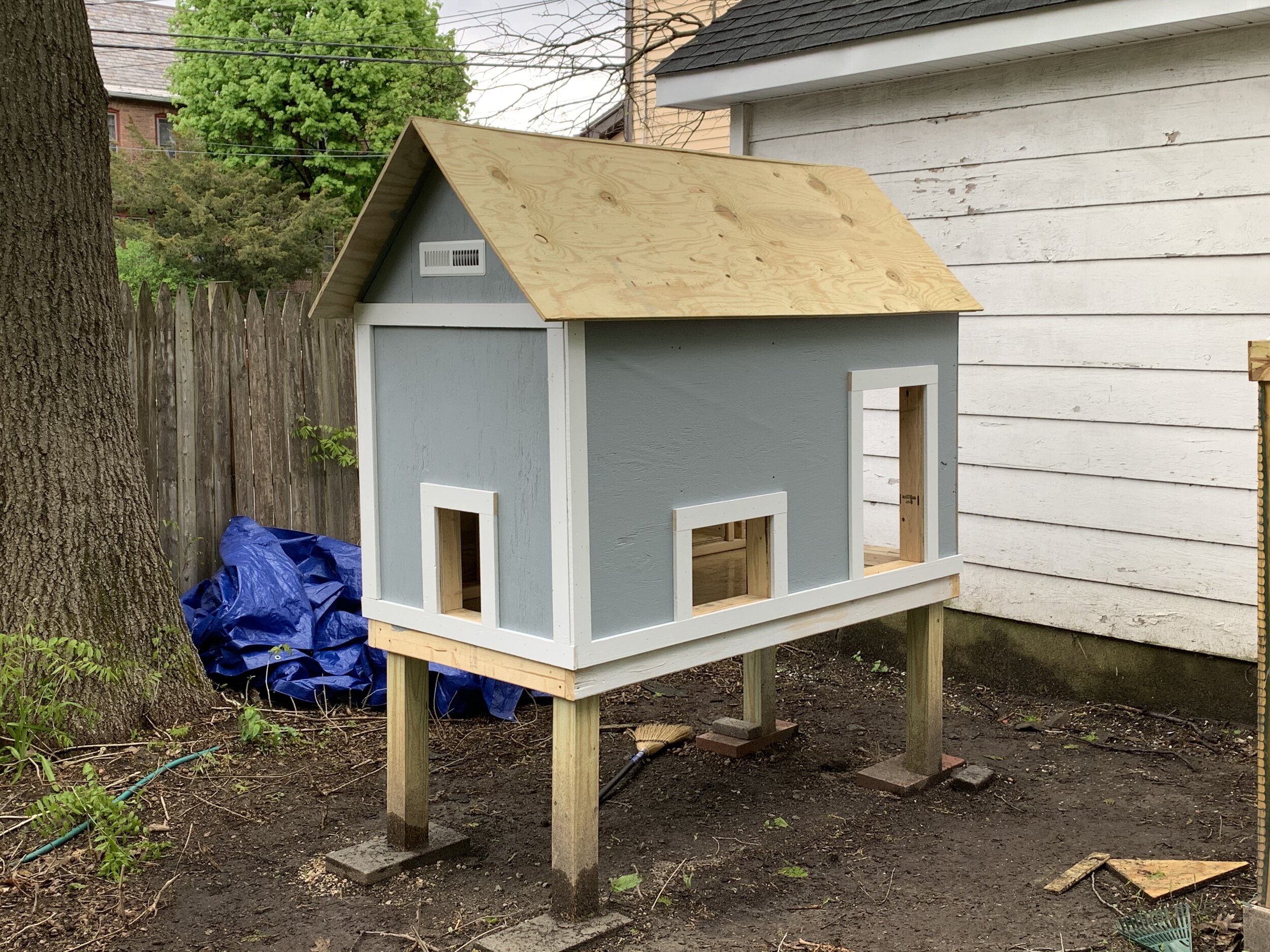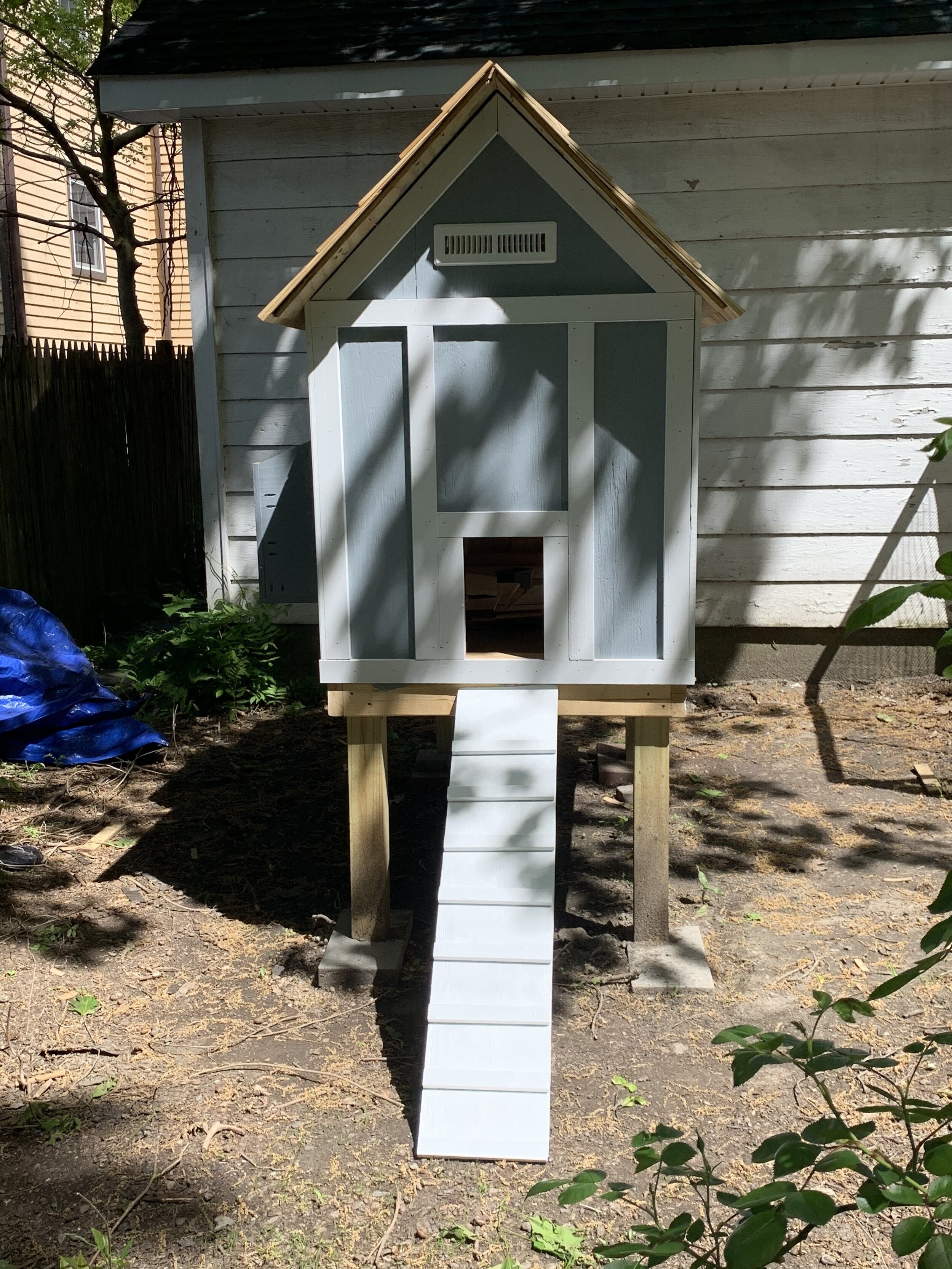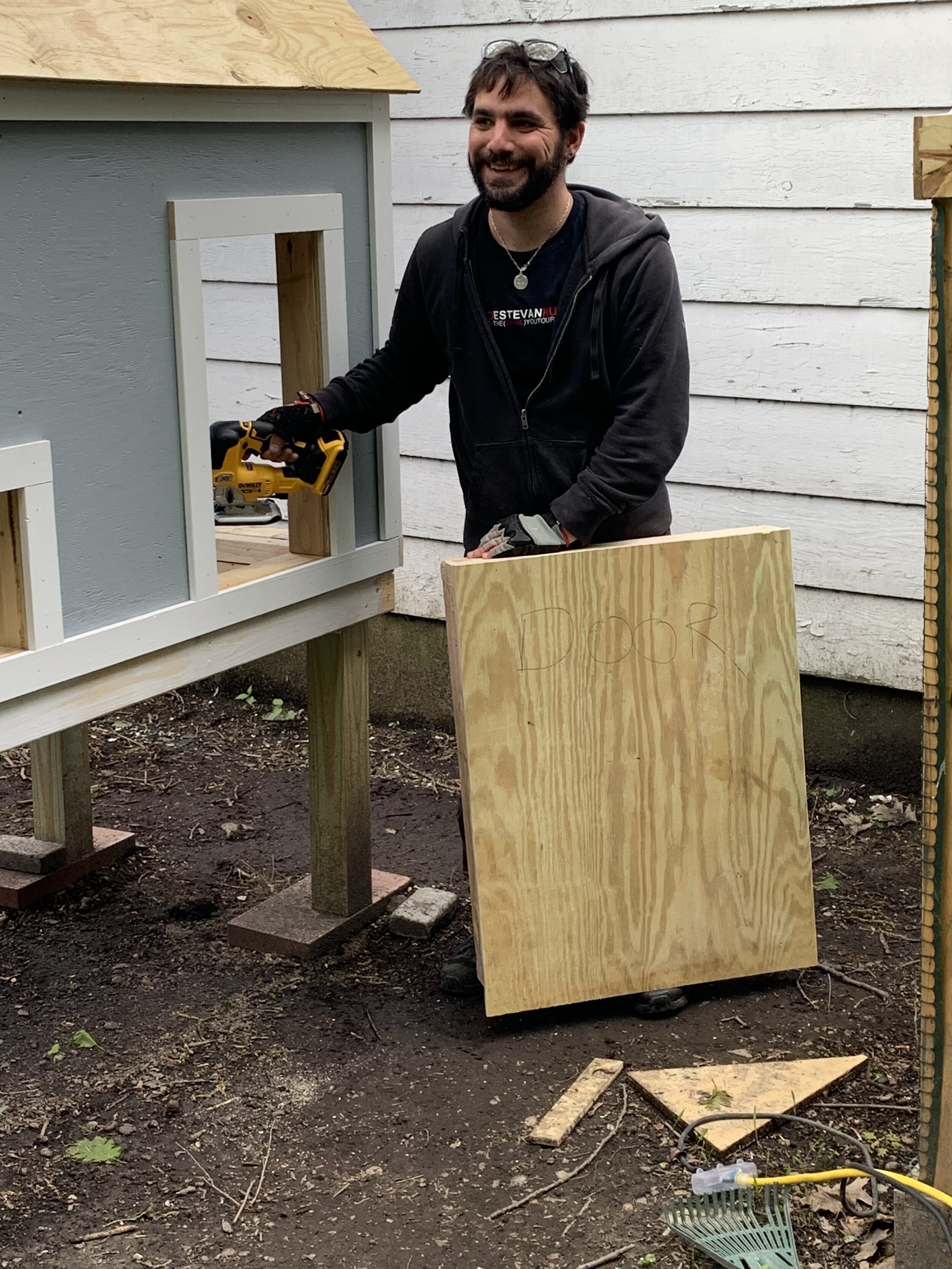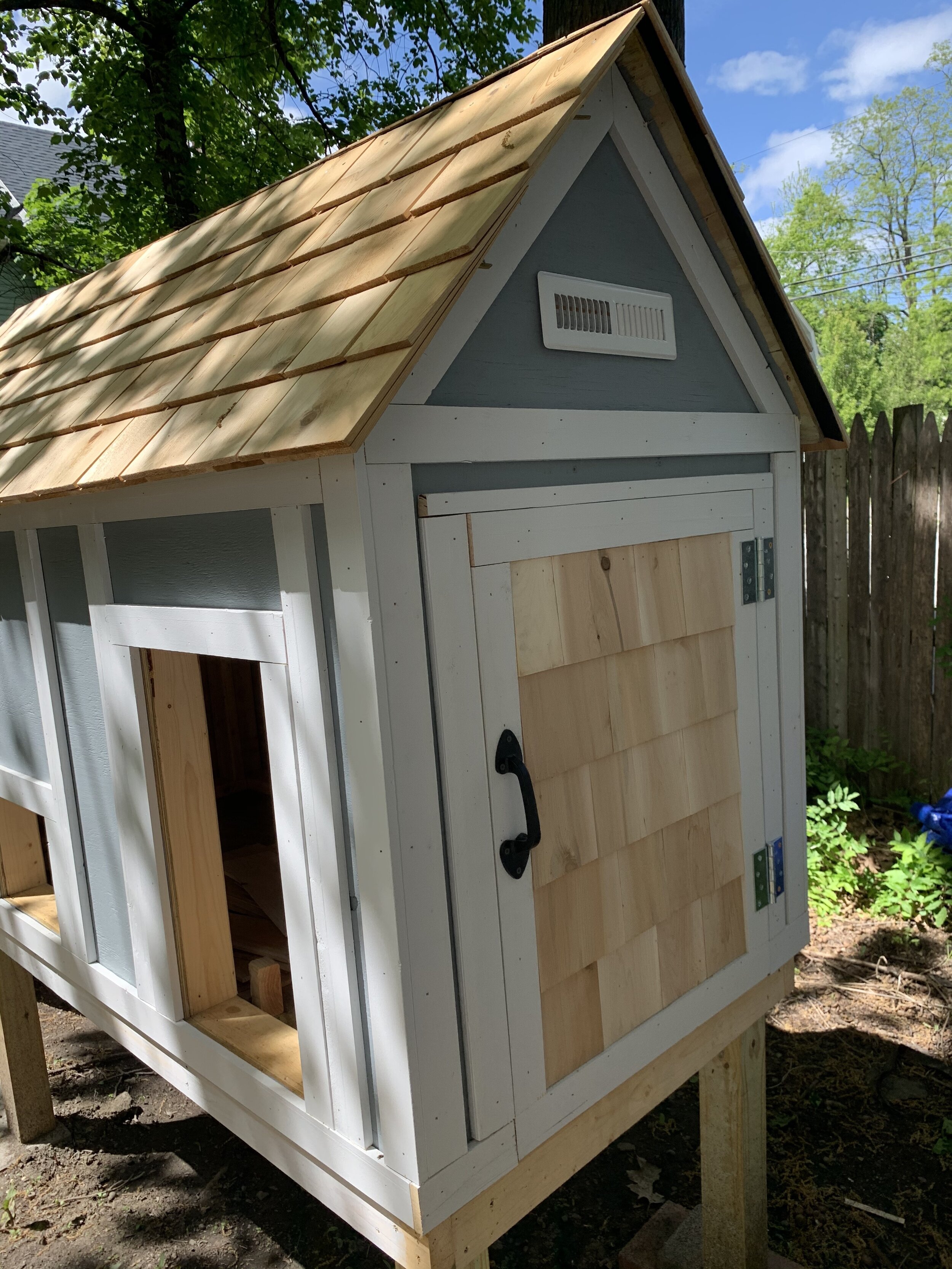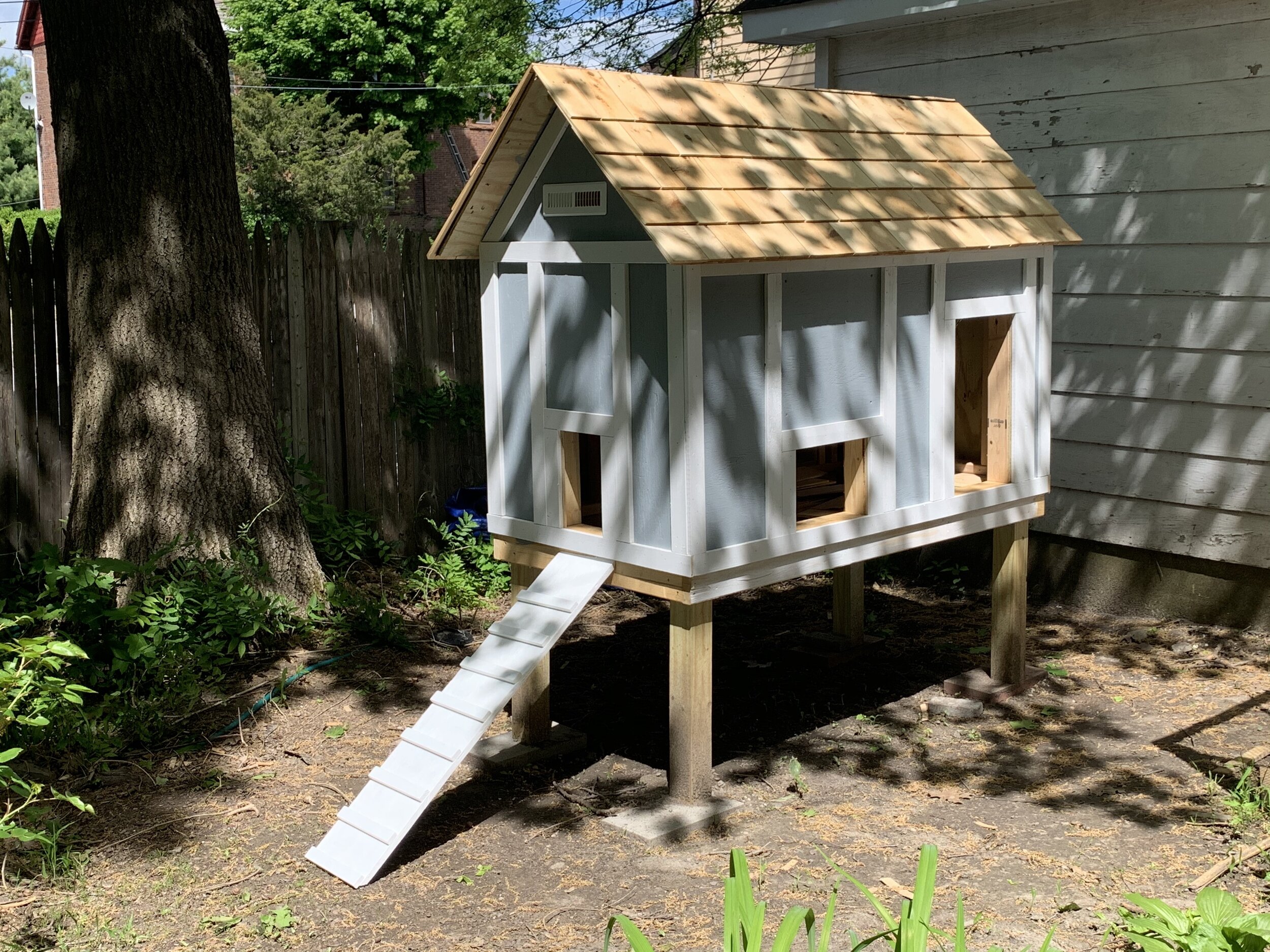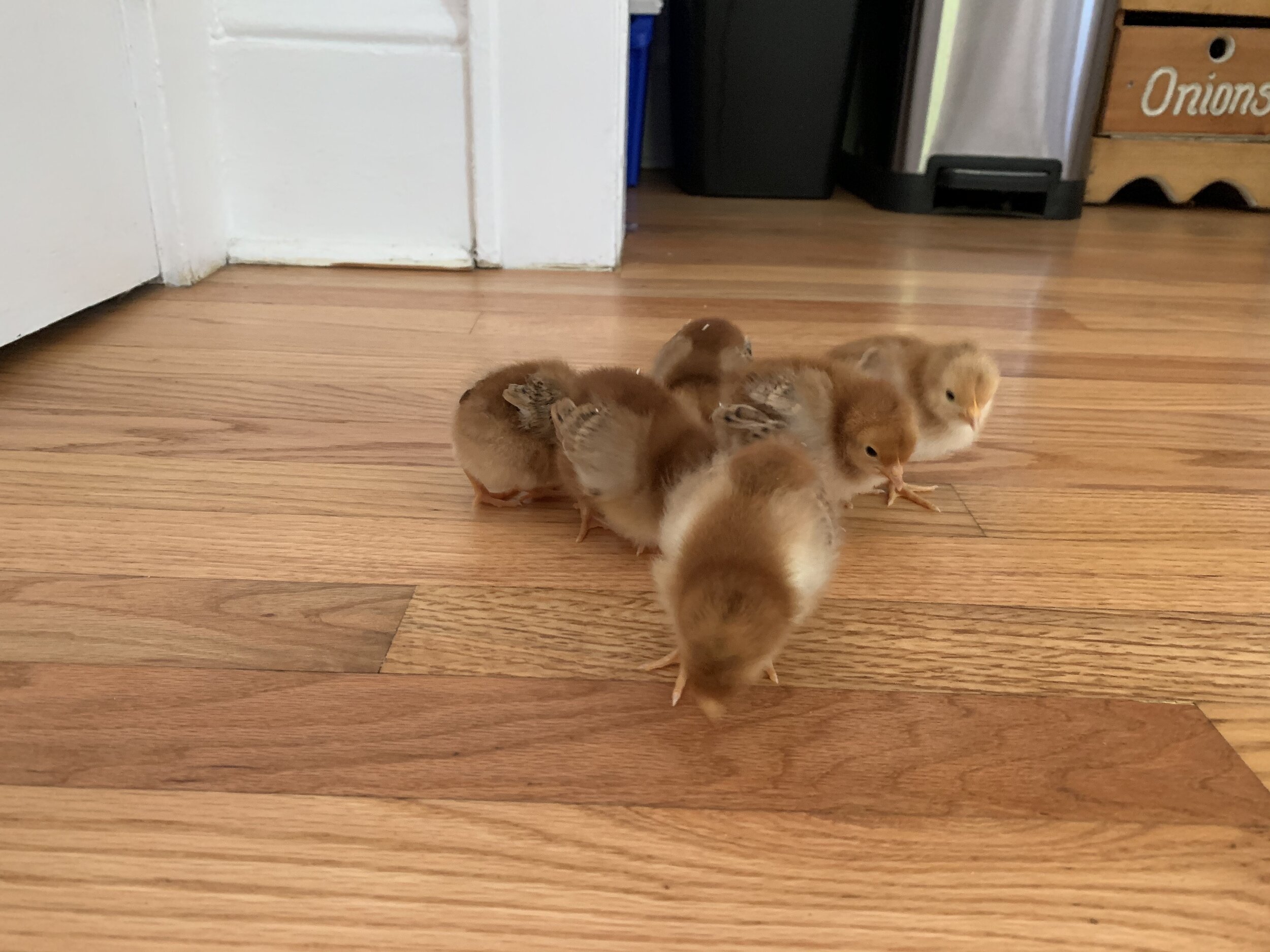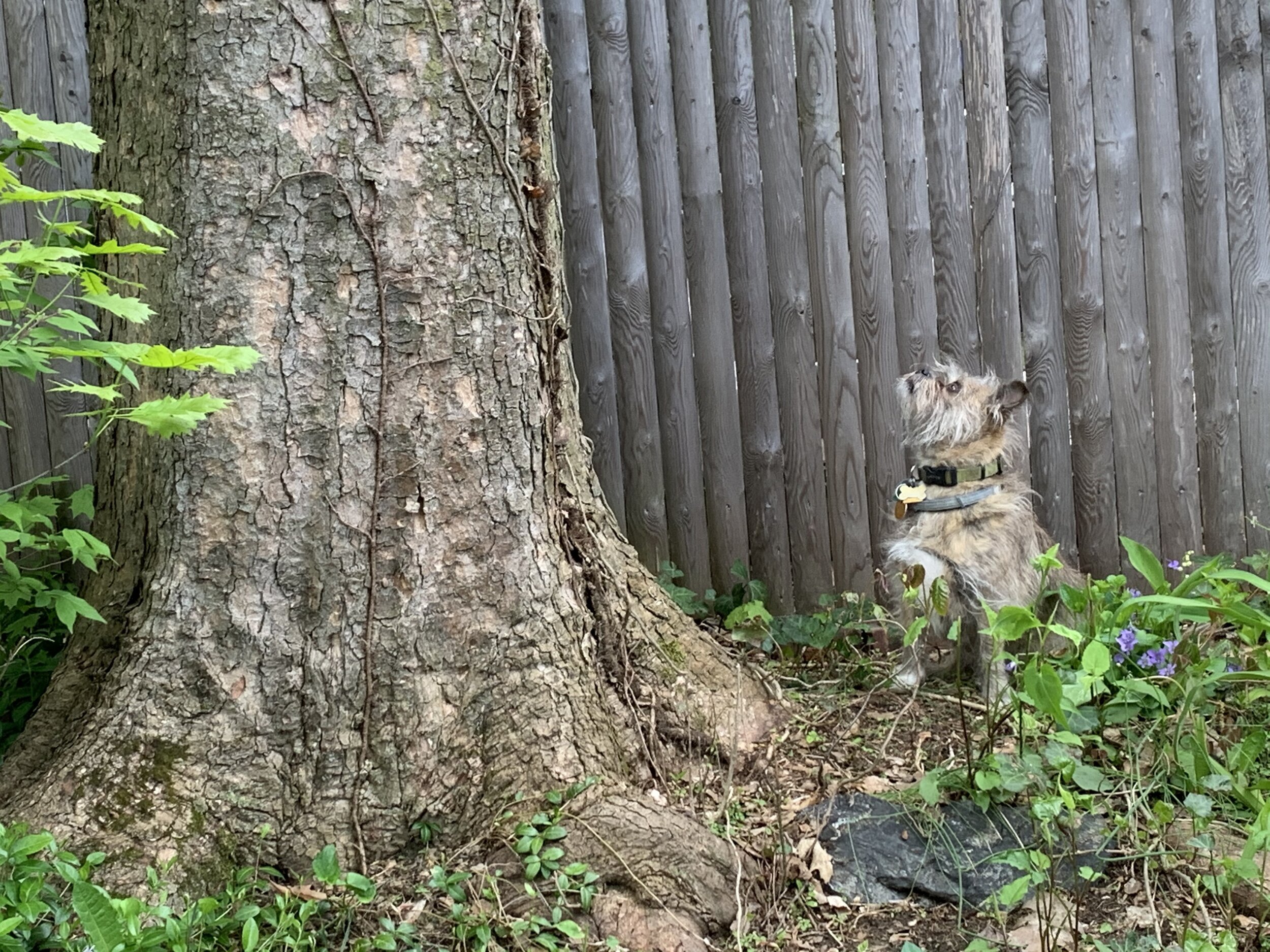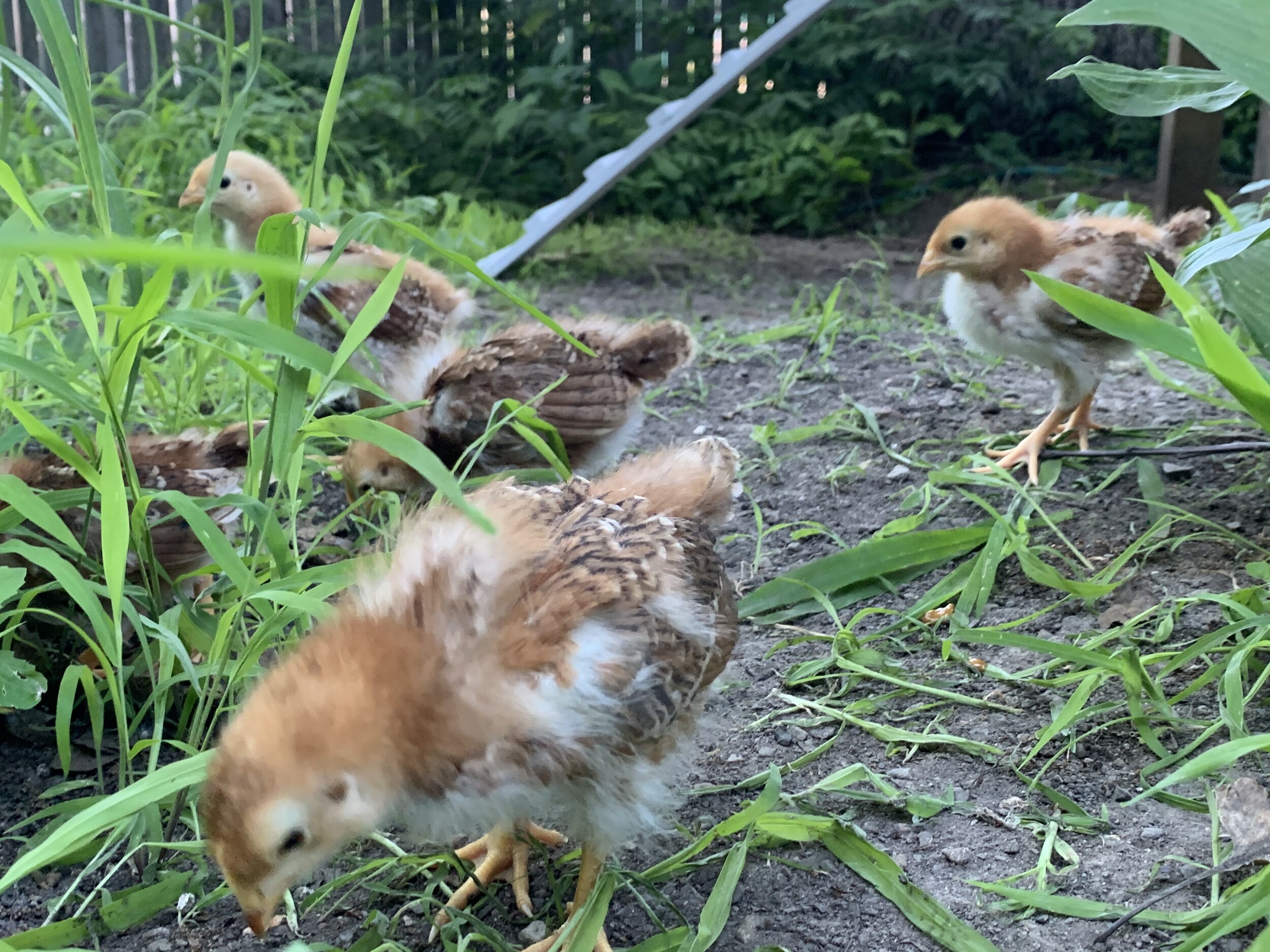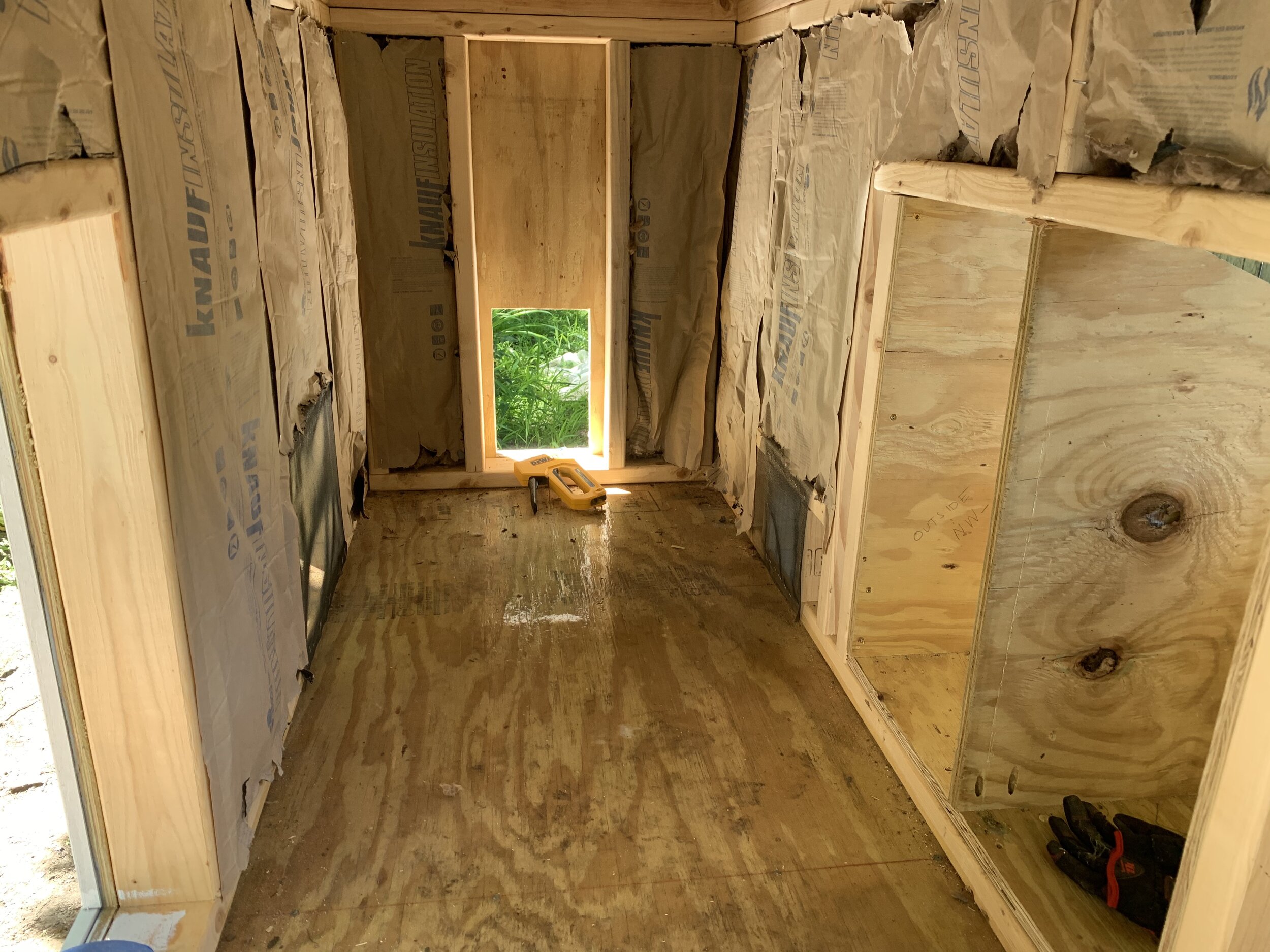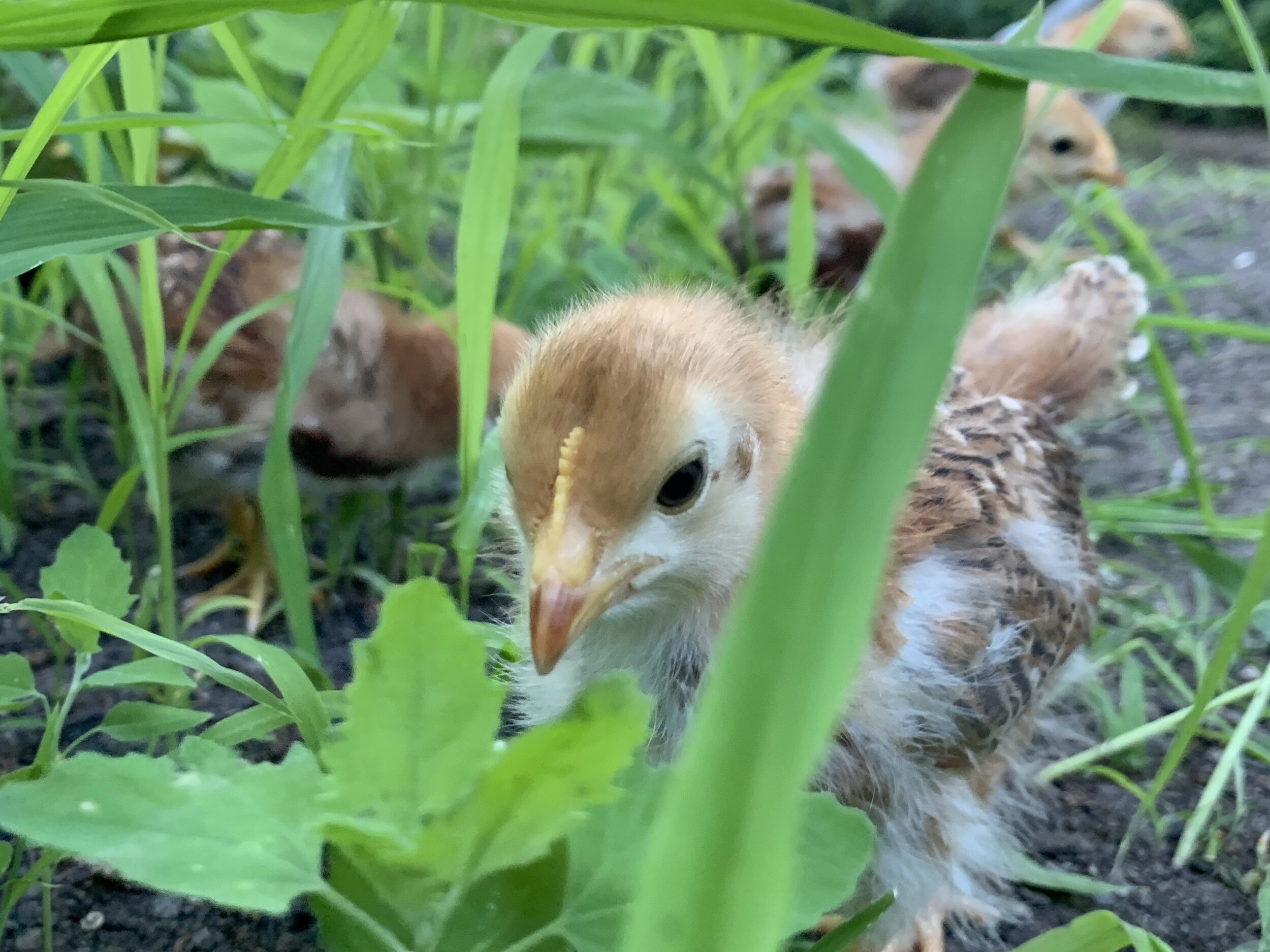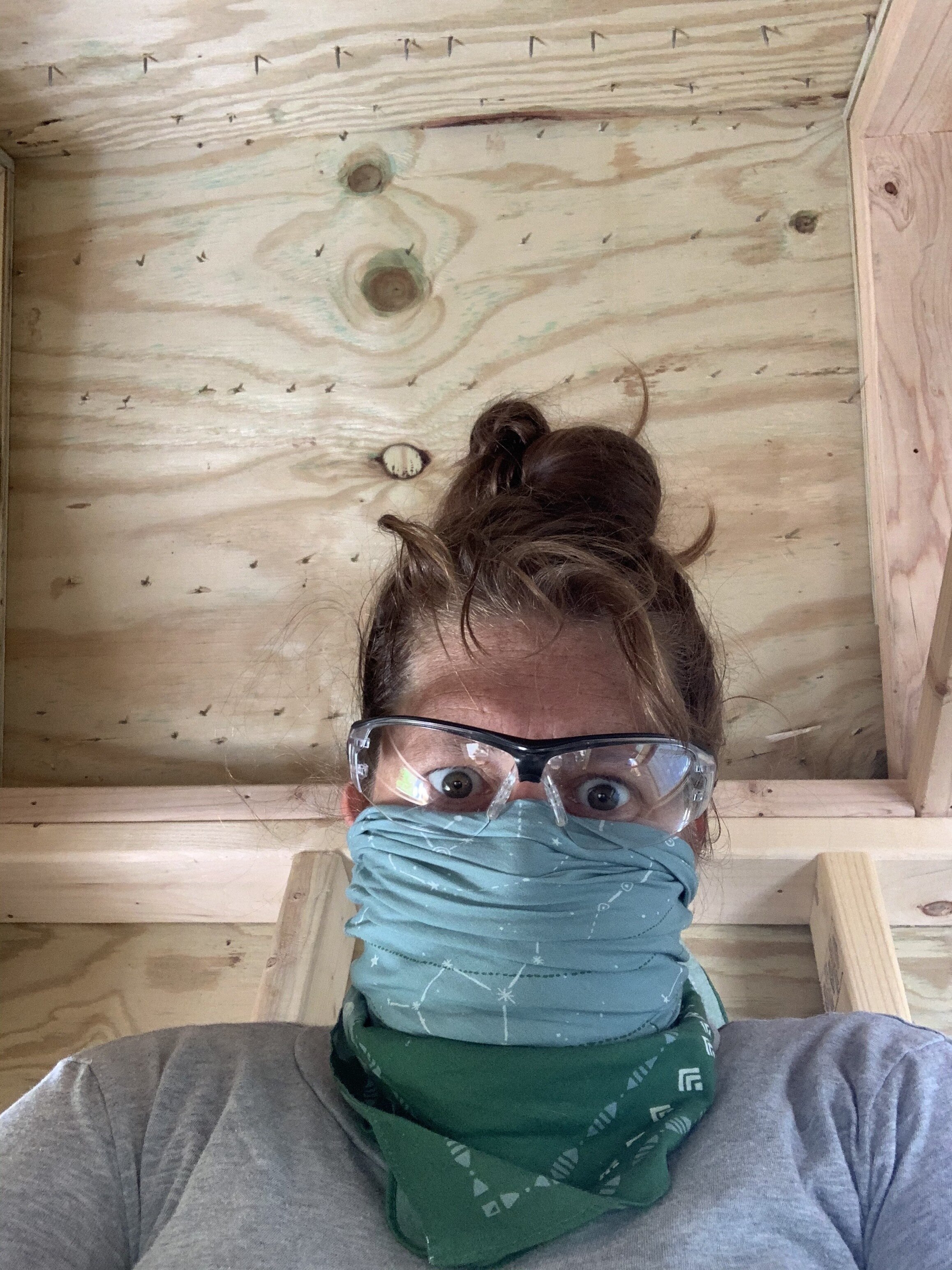Seeing with the Ears, Listening with the Eyes An Artist at Work.
by Yvonne Frindle, Sydney Symphony (c) 2013
‘If you were a fly on the wall of my studio,’ says S Katy Tucker, ‘you’d be very tired of listening to The Flying Dutchman by now!’ For the last two months she’s listened to the opera in full at least two to three times a day. ‘I have to know a piece of music well enough that I can listen to it and anticipate what comes next…that I start to hear the music subconsciously, even when I’m not actively thinking about it.’
Originally a painter, Tucker has always had a deep love of music and theatre. ‘When listening to music, probably like most people, I find myself picturing what it looks like.’ An internship at the Metropolitan Opera sparked a desire to pursue Wagner’s principle of Gesamtkunstwerk (complete work of art). ‘I’m not saying what I create achieves that,’ she says, ‘but I find myself drawn to works that appeal to all the human senses. For me, painting lacked that holistic emotional appeal.’
For a project like this one, Tucker listens to the music while researching imagery, concepts and characters; later she listens to it while following the orchestral score. Although she doesn’t really read music (‘I played piano for seven years, but was not remotely talented!’), following the notes helps her figure out how best to serve the production.
‘My goal in video design is to supplement the music, not overshadow it.’ With the possible exception of her mother, she explains, no one goes to a concert to watch her video – ‘they go to hear the music, so it’s important to keep the focus on the music and find those moments that call for visual enhancement.’
Tucker often begins by drawing and painting, or by creating a storyboard. For Dutchman, she ‘dove in and started compositing imagery’. She also visited Sydney in February so she could shoot water with videographer Bruce Ingles. ‘I liked the idea of building from the water shot in Bondi and around Sydney.’ Using a program called After Effects, she then took the water footage and abstracted it and layered it to achieve the feel of the music. Back home in her studio, Tucker also filmed Eric Owens to give another layer to the imagery.
‘Aligning the visual interpretation of the music with the narrative is really about following the music. Particularly with Wagner, he tells you musically what should happen visually.’ Tucker has adopted an approach similar to the leitmotif technique characteristic of Wagner’s later operas. Each character is given a visual world that loosely corresponds to the appearances of their musical themes; the characters and their environments are woven together with the music. ‘The Dutchman isn’t just a man,’ she explains, ‘he’s represented as a myth, as something idealised by Senta, as impending doom, as a churning darkness and unrest.’ Similarly, Senta is about redemption, about hope and lightness, but also (for Daland) she represents a source of money and wealth.
All this has been conceived for one of the most iconic venues in the world. ‘As an American,’ says Tucker, ‘the Sydney Opera House is what I picture when I think of Sydney. The sail-inspired architecture is such a strong point of departure and reflects Sydney’s strong relationship with water.’ She initially explored basing some of the video rendering on the Sydney Opera House, before settling on another idea: projecting sails that help draw focus to the hall’s interior and to the grand organ with geometric planes jutting out of the ceiling. The ‘screens’ are based on sails – Tucker’s drawings made into reality by fabricator David Thomas. Also supporting the technical side of Tucker’s vision is Michael Kohler. ‘When you are working on a show of this scale, and with so many cues, and such a short amount of time to realise the production, it’s important to have a collaborator who knows what you want before you do,’ she says. ‘Michael programs the video to do what I’ve designed, so I can focus on the overall stage picture and collaborating with David Robertson.’
This isn’t Tucker’s first collaboration with Robertson. They first worked together in 2012 at Carnegie Hall on Carmina Burana with the Orchestra of St Luke’s. ‘Watching him taught me so much about music and finding the right breaths and moments. Now that I’m immersed in live performance, having the opportunity to work with a conductor like David Robertson is really why I do what I do.’



